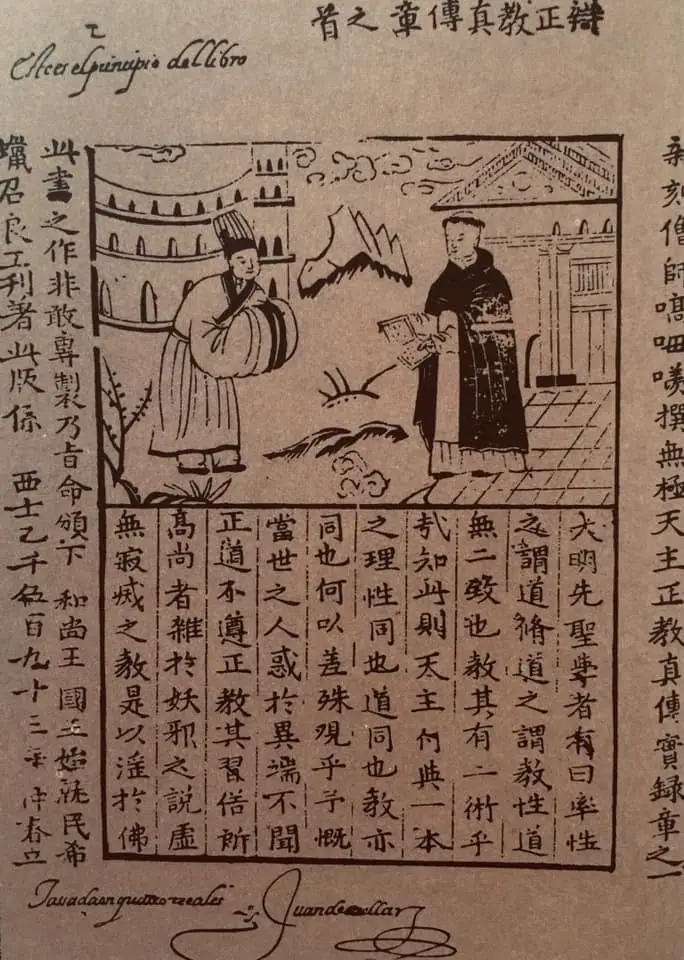What's a good read?
What do we consider as the first book of the Philippines? Historical accounts prove that writing systems existed in the pre-colonial Philippines. We often think only of spoken language. Without the invention of writing, we wouldn’t have any historical records to go back to.
Pre-colonial Writing System

Before the Spanish colonizers arrived in 1521, we had our writing systems. The colonizers themselves called it baybayin. Historians say that a nation or a place with an established writing system is civilized. When the Spanish arrived, they found that writing systems were already in place and widely used. One evidence of this is the “petroglyphs.” The Angono Binangonan Petroglyphs believed to be the oldest known work of art in the Philippines, dates to the third millennium B.C. It consists of 127 carvings engraved on the wall of a shallow cave of volcanic tuff.
The best evidence of this early writing system came from the colonizers’ written accounts. One such account was by a missionary priest named Juan de Plasencia or Juan Portocarrero. The Doctrina Christian was attributed to him. He might not have written the book himself, but he wrote to King Philip II about the need for it in 1585. In his letter to King Philip II, he said that it is necessary to adopt the writing system of the people if the goal was to preach the Gospel throughout the archipelago.

Juan de Plasencia died in 1590. Three years later, the printing of the Doctrina Christiana, the first book or manual, was approved. It was translated into Tagalog, the spoken language, and printed in baybayin, the Tagalog writing system.
The next book to be printed consists of the words collected by Juan de Plasencia that made it to the very first Tagalog-Spanish dictionary, or the “Vocabulario de la lengua tagala.” Supervised by Tomas Pinpin, known as the “Prince of the Filipino Printers,” it was printed in one of the earliest known printing presses in the Philippines located in Pila, Laguna.
The First Book of the Philippines
The first known books of the Philippines were produced in 1593. People always think about one book, but two books were produced that year. It’s difficult to say which one came first. One was “Doctrina Christiana en lengua Espanola y tagala” by the Dominican Order at the San Gabriel Church. It was printed outside of Intramuros, in the Chinese settlement, and it was produced by “xylography” or woodblock printing.
The other book is Chinese, and this is the lesser-known one. Its title in English translation is “A printed edition of the veritable record, of the authentic tradition of the true faith in the infinite God.” But it is known by its shortened title form in Chinese, the “Shi-lu.”

The answer to the question, “What is the first book printed in the Philippines?” There’s not one, but there are two— the Doctrina Christiana and the Shi-lu.
We need to value our history. As the saying goes, “A generation will not prosper, a community will not move forward unless we learn from the events of the past.” It is essential to pay attention to history because we can draw strength and determination and guide us to succeed in the future.
Knowing about these first books, or any historical fact, events, people, builds on one’s sense of person, a sense of community of the past, and a possibility for the future. It’s good to know where you came from. It leads you possibly to where you’re going. Hopefully, its legacy will help you make sense of what’s going on in the present.

